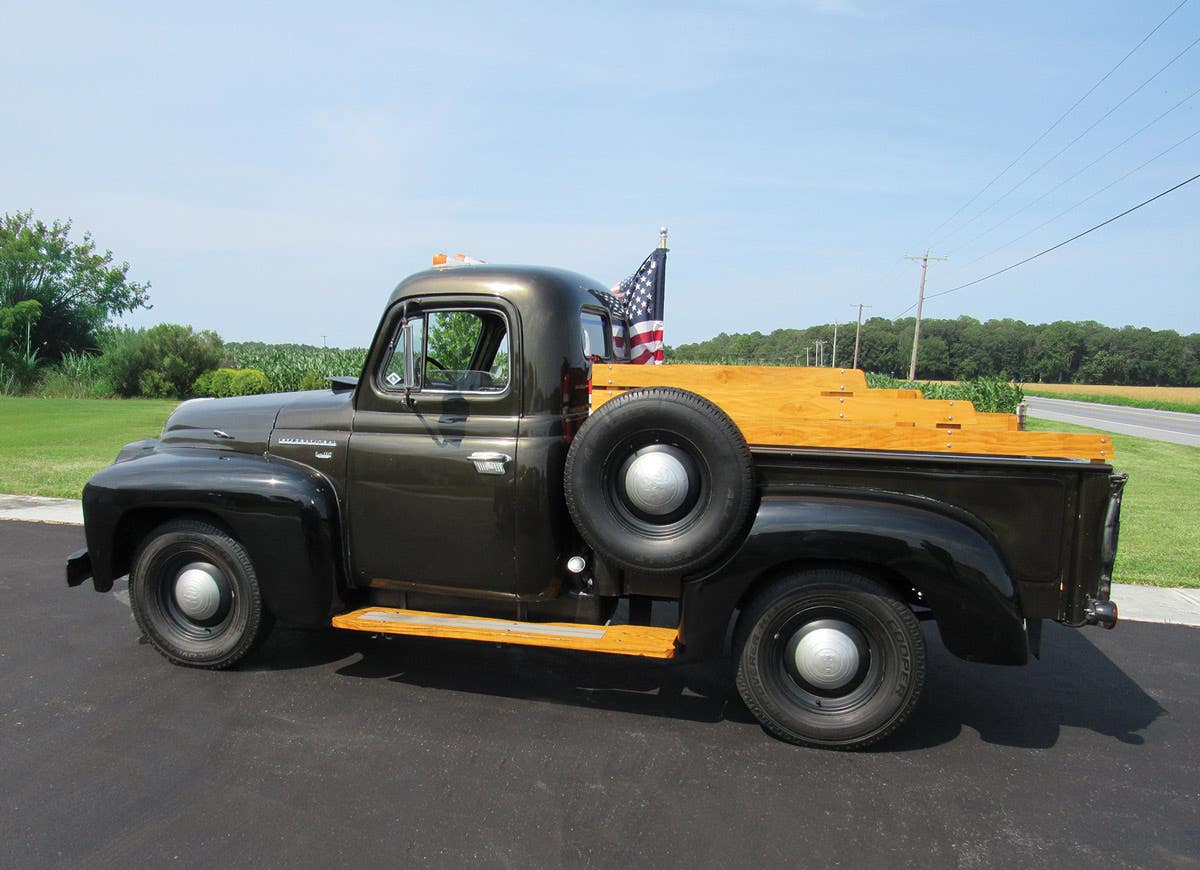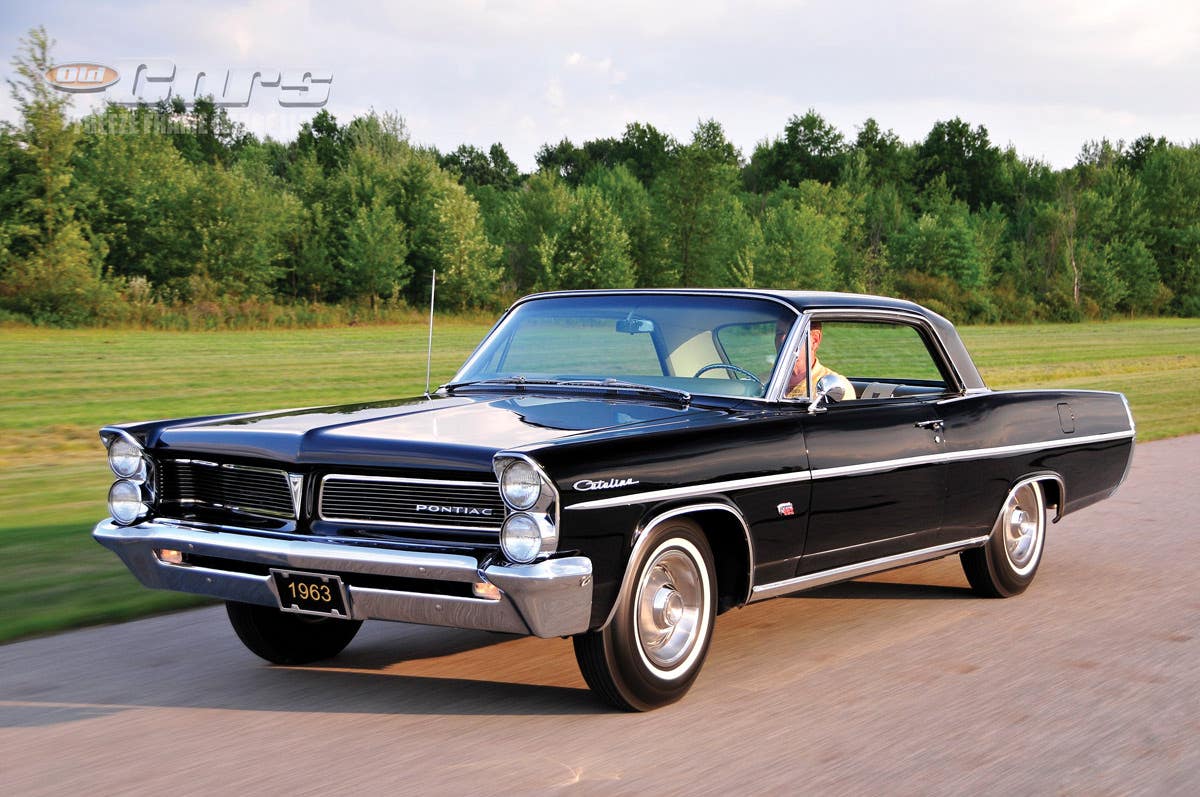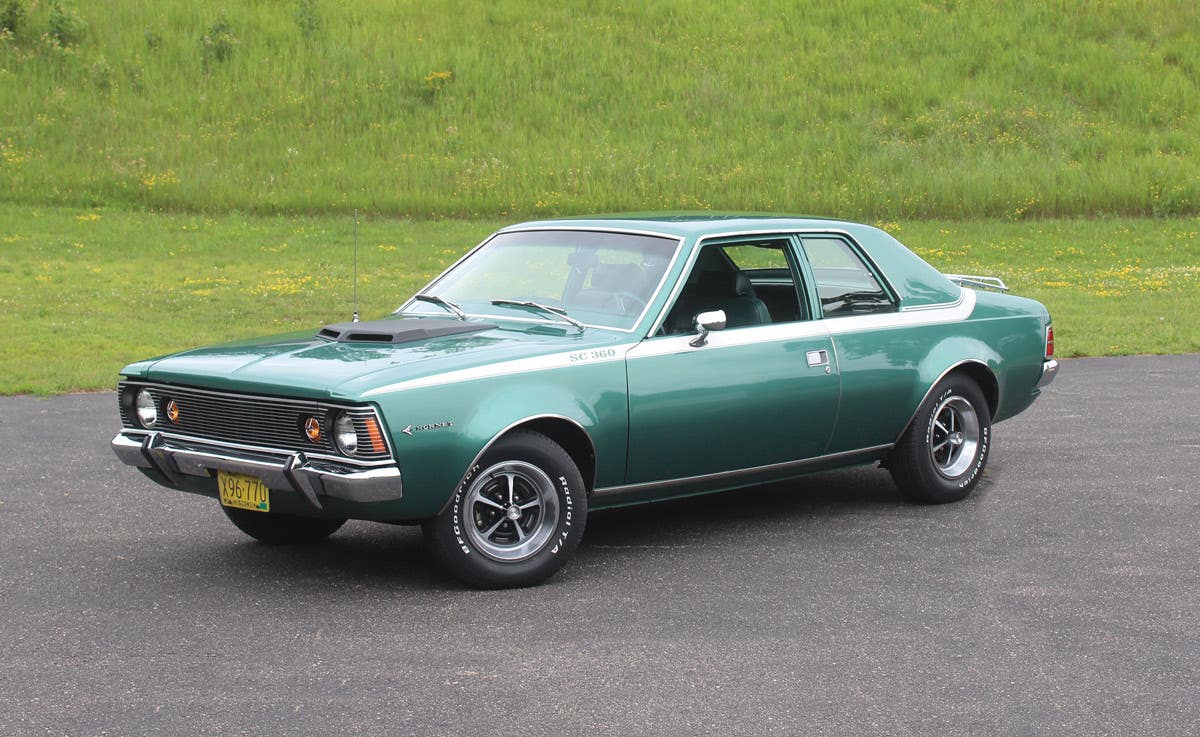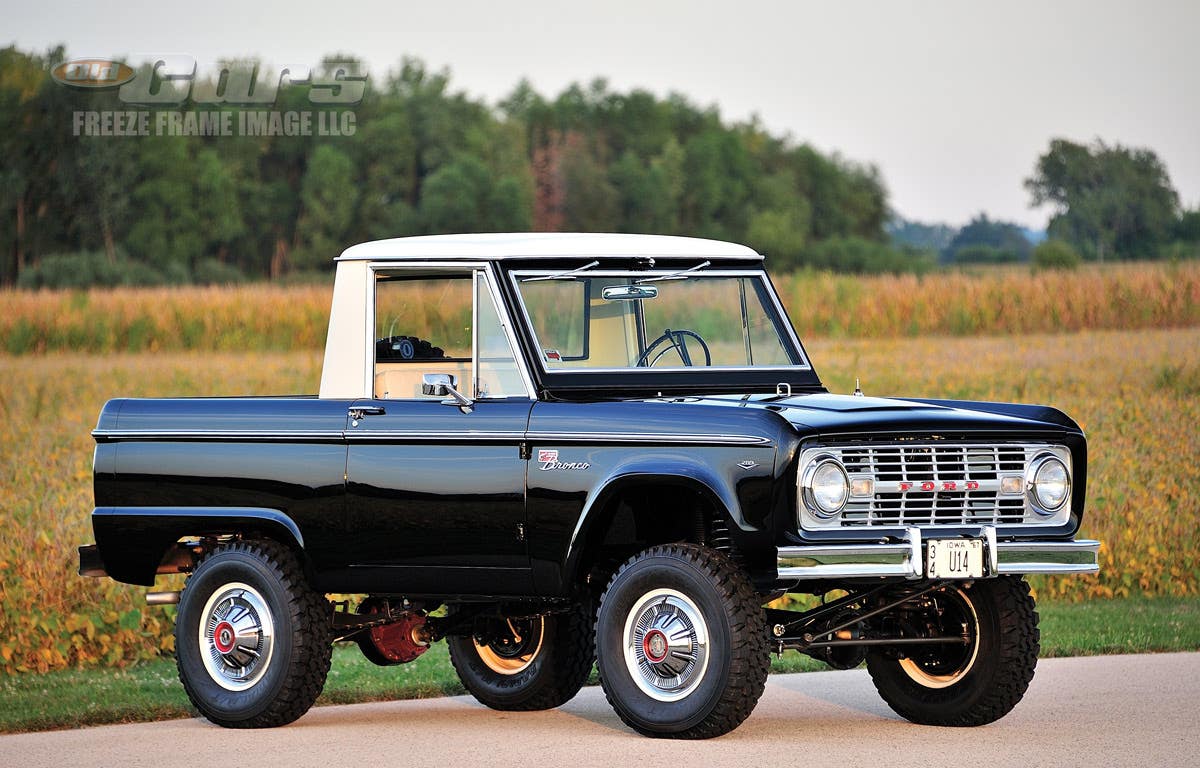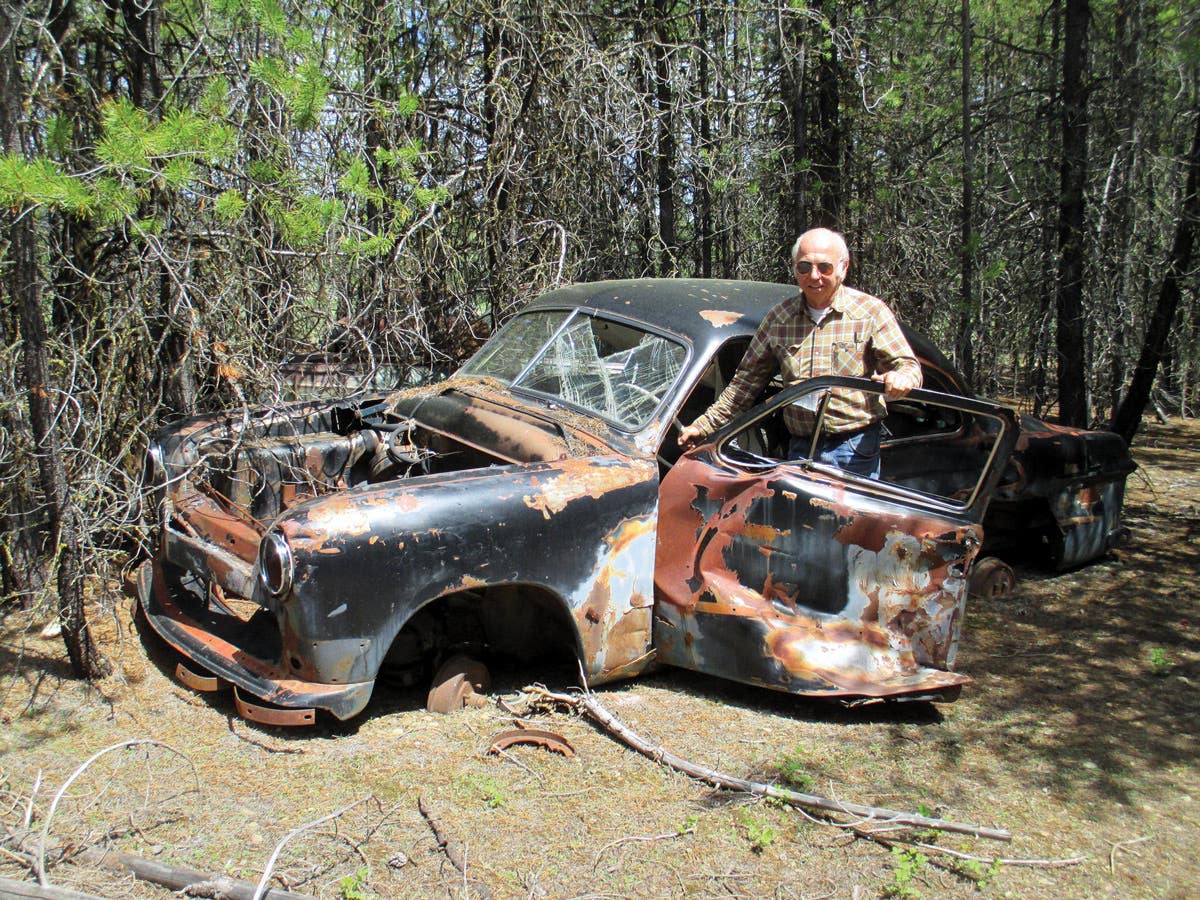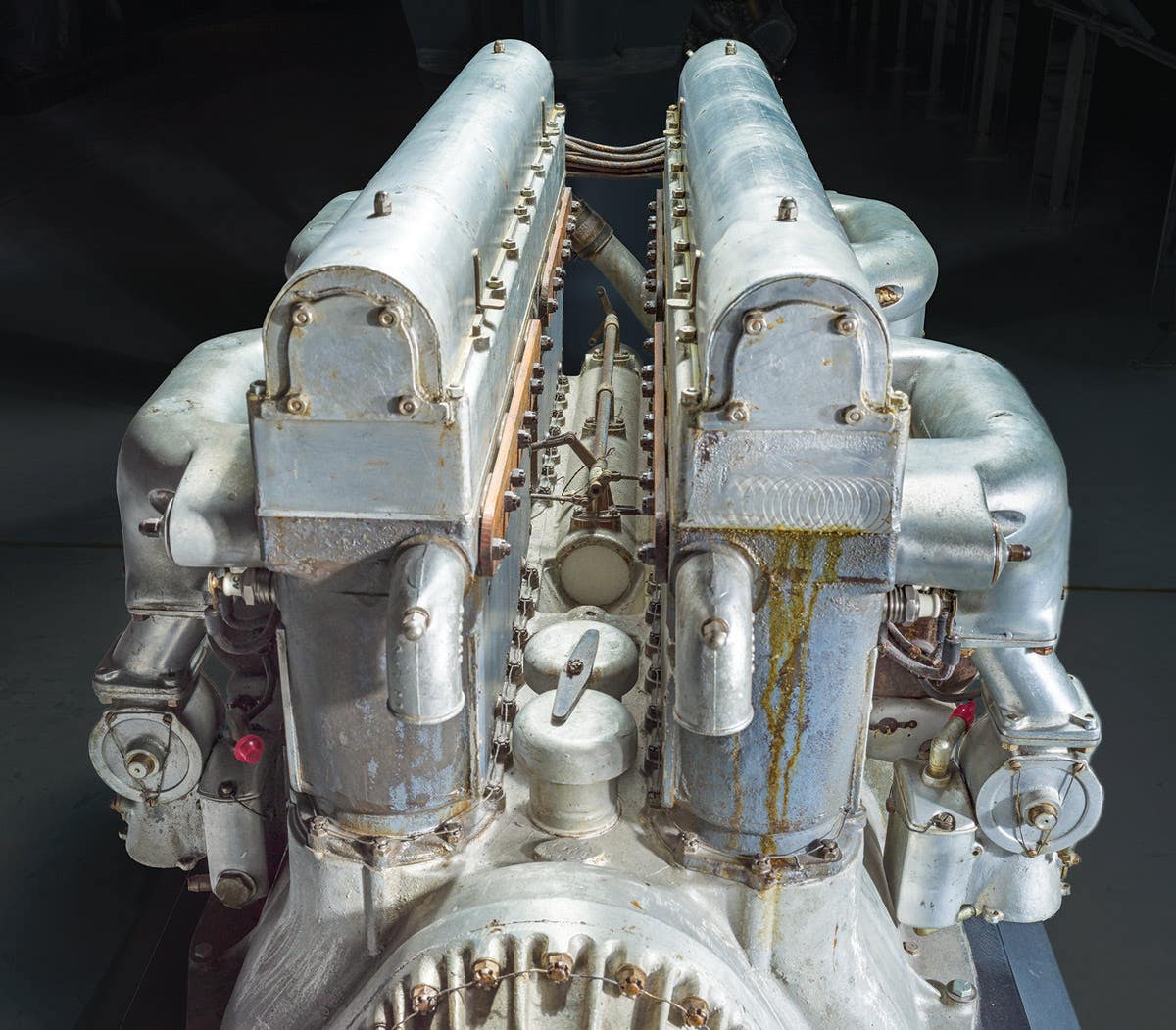Q&A with Kit Foster: October 2, 2014
Q. To add to the discussion on battery cables back in March, correct battery cable gauge is extremely important in starter cranking performance. Typically, old car 6-volt systems must use…
Q. To add to the discussion on battery cables back in March, correct battery cable gauge is extremely important in starter cranking performance. Typically, old car 6-volt systems must use one (1) gauge or larger cables. 12-volt systems typically use 4- or 6-gauge cables. Most old car 6-volt ground cables, more often, were equipped with braided (strap type) cables attached from the battery ground post to the frame. Over the years, frame joint fasteners become rusty. This results in a poor connection robbing the starter of precious voltage.
A good 6-volt fix is to clean both cable ends and then “pigtail” a one-gauge ground cable with flat ends between the frame ground connection and any transmission or engine bolt. This will “wake up” the cranking performance on a 6-volt system. In addition, clean all connections on the “hot side” cables. Again, the cable size (1-gauge, “heavy-duty”) as big as your thumb must be installed to make a 6-volt system perform like new.
With a good, well-maintained 6-volt system, 8- or-12 volt batteries are unnecessary. In many cases I have experienced 12-volt systems ruining 6-volt Bendix drives. Be sure to follow OEM polarity specifications. Quite often, I see new 6-gauge cables on 6-volt systems. This ruins starters, the cables get hot and starter switches burn up.
— Milt Webb, Elk Grove, Calif.
Milt@milttheinstructor.com
A. My thoughts exactly.
-------------------------------------------------------------
Q. I “rescued” a vintage spare wheel/tire mount last fall at the Canfield, Ohio, swap meet. I was sure that displaying it at my spaces at the Fall Meet at Hershey would solve the mystery, but it drew only blanks during last October’s rain-hampered event. Then I came by another one. They must be spawning!
One of them measures 17 inches.
The other is 18. The 17-inch mount has the small semi-circular feature at the bottom. Maybe you or your readers might have a clue. If not, they’ll be back on display at Hershey this October. They’re too interesting to scrap.
— Gene von Gunten, Westminster, Md.
A. Spare tire mounts of the 1920s are fairly generic. The diameter of the circle must fit the inside of the wheel rim, and the mounting surface must mate to the car’s frame. The latter feature is probably the best clue. My 1925 Hudson has demountable rims and 6.00 x 21 tires. The inner diameter of the rim is 20 inches, so I estimate that your mounts are for 18- and 19-inch tires. Any ideas, readers?
-------------------------------------------------------------
Q. The stories I have heard about Volvo designs said they bought old Ford body molds for non-USA sales, and were blessed to import the 544 after Fords changed so much in the fifties. Then they bought old molds from Alfa Romeo, which makes the 122s look more Italian-looking. You have more archive access than I do, if you want to clarify this issue.
— David Weinstock, Fairfax, Calif.
A. Most of the stories we hear about one company buying another’s old dies (molds are for casting or fiberglass production) are false. If Volvo used Ford or Alfa Romeo dies, the cars would look exactly the same, and would be the same size. Once dies are cast, they retain their shape and dimensions for life – you can’t shrink, stretch or weld them. They have to be rugged enough to stamp thousands upon thousands of pieces of sheet metal, after all. The similarity is mere flattery. A similar tale persists about senior Packard tooling and Russian ZIS and ZIL cars. The truth is, when you line up surviving cars, side by side, the Russian models are closer to Cadillac shapes than any Packard. One second-hand-die story that is true concerns the Cord 810-812 dies, which later produced Hupmobile’s Skylark and Graham’s Hollywood.
-------------------------------------------------------------
Q. Brad Kershaw’s license plate holder (Aug. 21) is for a 1938 Olds, but there are three styles. The cover is the same for all, but the back plate is different. If there is a part number on it, it will be: trunk sedan 922255; flatback sedan 922270; coupe or convertible 922272.
— Jim Morris, West Allis, Wis.
A. As I recently said to editor Angelo, our readers know everything!
To submit questions to this column: E-mail angelo.vanbogart@fwmedia.com or mail to: Q&A, c/o Angelo Van Bogart, 700 E. State St., Iola, WI 54990-0001.
Got Old Cars?
If you don't subscribe to Old Cars Weekly magazine, you're missing out on the only weekly magazine in the car hobby. And we'll deliver 50 issues a year right to your mailbox every week for less than the price of a oil change! Click here to see what you're missing with Old Cars Weekly!
More Resources for Car Collectors:
- Classic car price guides, research, books, back issues of Old Cars Weekly & more
- Get expert restoration advice for your classic car
- Get car pricing, data and history all in one place
- Sign up for Old Cars Weekly's FREE email newsletter
- Need to buy or sell your classic car? Looking for parts or memorabilia? Search our huge online classified marketplace



